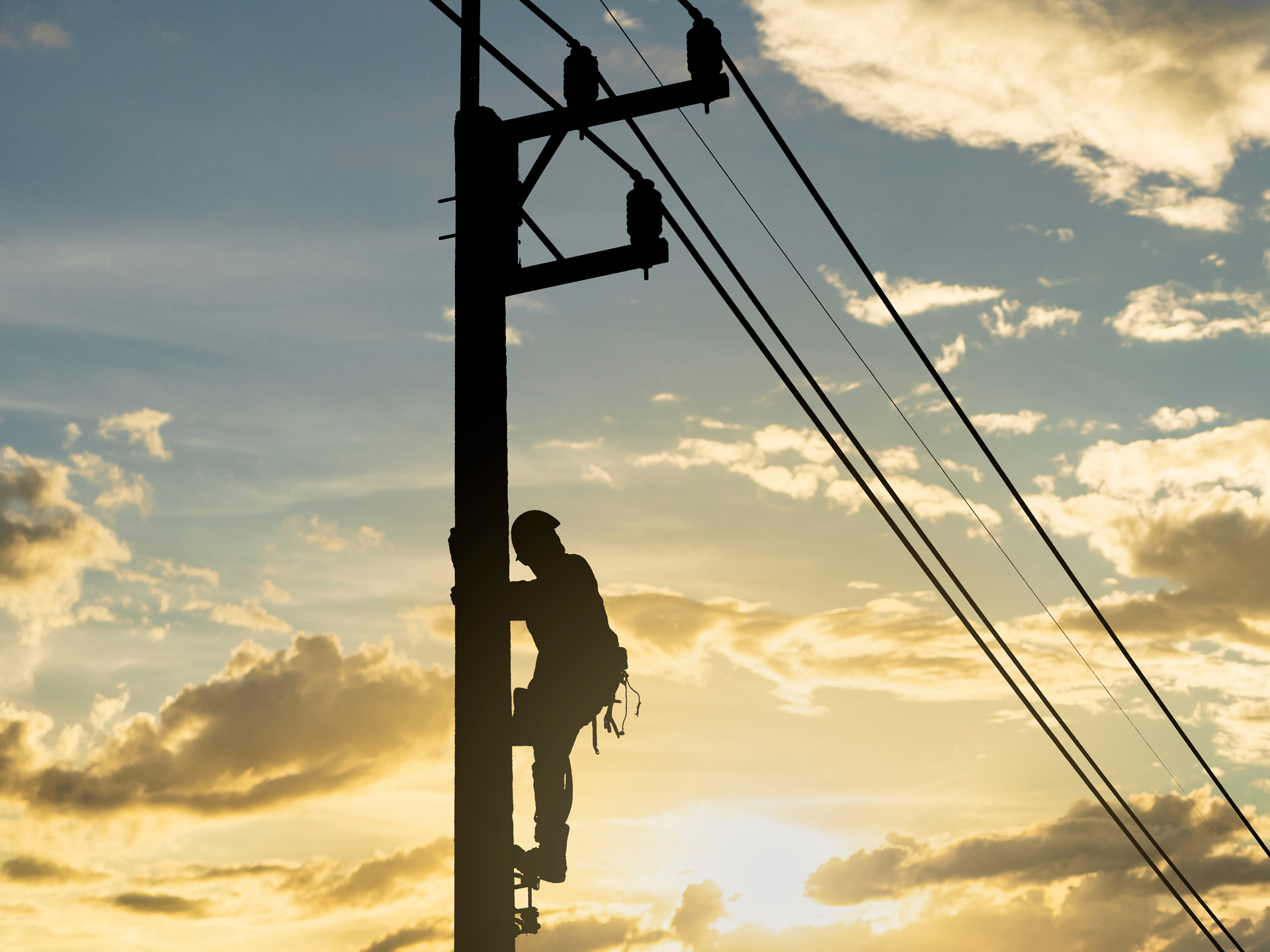Wildfire Response Legislation Passes—What Does it Mean?
In response to the catastrophic wildfires California has experienced over the past two years related to power lines, this past month the State Legislature passed AB 1054 (Holden) and it was subsequently signed a few days later by Governor Gavin Newsome. So what does it mean to ratepayers, in particular farms, hullers and processors of tree nuts throughout California? First, let me state that it is not everything that should have happened. Rather, it is probably the best we could ask for given the makeup of this state and the state legislature. To think that ratepayers have to pay anything is outrageous. Given the fact that Pacific Gas and Electric (PG&E) has some 18,500 miles of transmission lines they know are outdated, including lines that 98 years old such as the one that caused the Camp Fire, how, or why, are ratepayers on the hook for any of this? Especially, given that PG&E has doled out over $5 billion to shareholders that should have been used to fix some of the problems. To make matters worse, PG&E is now reporting they have now identified over 10,000 problems in their current power lines. This legislation doesn’t solve these problems, but it does offer some protections going forward.
AB 1054
First, it provides some significant safety upgrade requirements and oversight. AB 1054 requires PG&E, Southern California Edison (SCE) and San Diego Gas & Electric (SDC&E) to make $5 billion in safety investments, otherwise known as “system hardening”. This $5 billion is spent without the normal return on equity that the utilities normally receive, saving ratepayers hundreds of millions of dollars. It also creates an oversight board known as the California Wildfire Safety Advisory Board (CWSAB) that consists of seven members to advise and make recommendations related to wildfire safety for both independent investor owned utilities (IOUs) and public owned utilities (POUs).
This legislation also clarifies an issue over the standard used to determine whether a utility can recover costs arising from a covered wildfire. Specifically, it allows cost recovery if the costs and expenses are determined just and reasonable based on reasonable conduct by the utility. It considers factors both within and beyond the utilities control, including humidity, temperature and winds. The legislation requires the utility to bear the burden to demonstrate, based upon a preponderance of the evidence, that its conduct was reasonable.
Wildfire Fund
Going forward AB 1054 creates the “Wildfire Fund” which would be used to pay eligible claims related to a covered wildfire. The fund will be jointly funded by utility shareholders and utility ratepayers. Utility shareholders will contribute $7.5 billion initially and an additional $3 billion over 10 years to the wildfire fund. On the other side, ratepayers will be assessed a non-bypassable energy usage charge of $0.005 per kWh for 15 years. Combined, this equates to about $13.5 billion, of which it is estimated that farming and food processing would contribute about $1 billion of that over a 15 year period. Should the utilities be found imprudent in a wildfire event, they would have to repay monies to the fund. While this charge is new, ratepayers will not see a difference on their bills, because it will simply continue an already existing charge created during the energy crisis several years ago that was scheduled to end in 2020 or so. This new charge will not be assessed until the previous charge is completed.
PG&E Bankruptcy
Some have wondered how this affects the PG&E bankruptcy. AB 1054 requires PG&E to resolve all pre-bankruptcy claims and achieve a California Public Utilities Commission (CPUC) approved reorganization plan that is neutral to ratepayers. Therefore, PG&E shareholders would be responsible for all liability claims from the 2017 and 2018 wildfires, which is currently estimated to be close to $30 billion! While AB 1054 doesn’t solve all of our problems, it puts much of the onus back on the utilities and shareholders and limits, to some degree, the financial impact to ratepayers. Without it, ratepayers could have been looking at picking almost all of the cost. It’s not perfect, but far better than it was looking.
Power Shutoff
It is also important to note what the legislation does not do. For one, it does not address the new calls for shutting down the grid in the events of potential emergencies. In PG&E’s Public Safety Power Shutoff (PSPS) proposal, sections of the electric grid would be shutoff during periods of high winds, low humidity or high fire danger. Notices will be given in advance, but no guarantees on how long the power will be shutoff. Many farms, hullers and processors have already been notified they are in an area likely to be impacted by these shutoffs even though they are not in the actual area under threat of a fire. They are simply on the same grid.
It also does not address any of the other factors driving up electricity rates, such as greenhouse gas regulations on utilities, renewable energy supply requirements for utilities, or other rate cases the utilities have before the CPUC. All of these contribute to the highest electricity prices in the continental United States, and why all Californians should be concerned with electricity rates.

Roger A. Isom
Roger is President/CEO of the California Cotton Ginners and Growers Association and Western Tree Nut Association. He brings over 30 years of regulatory and legislative advocacy experience, specializing in environmental and safety matters. Roger’s responsibilities include the management of both Associations’ staff and day-to-day operations. Roger is also the President of the Ag Energy Consumers Association (AECA), board member and Past President of the Ag One Foundation at California State University Fresno, and manages the Navel Orangeworm Action Committee (NOWAC).
















